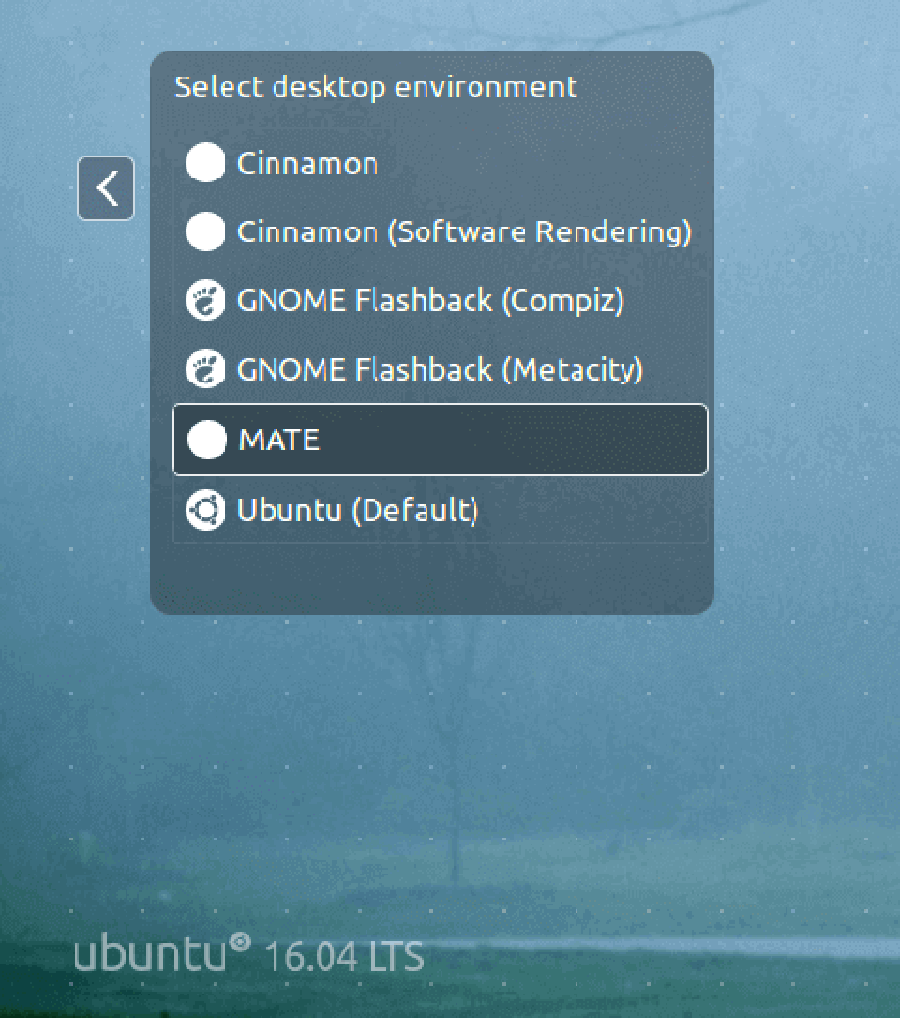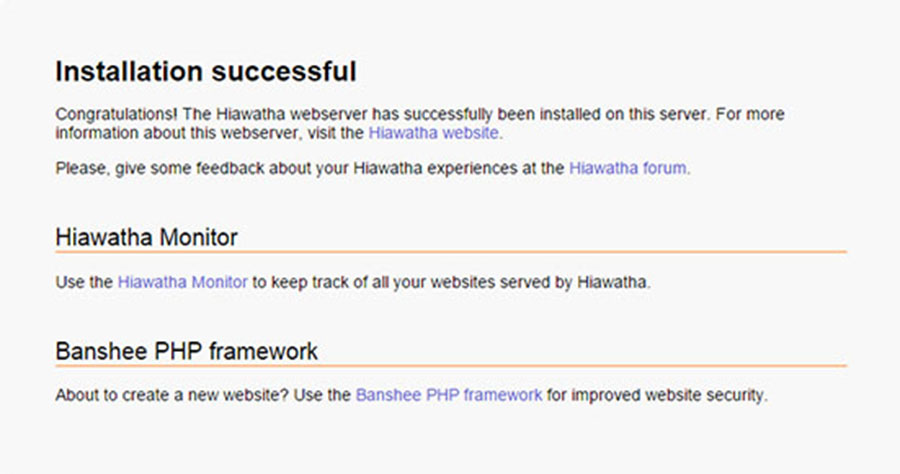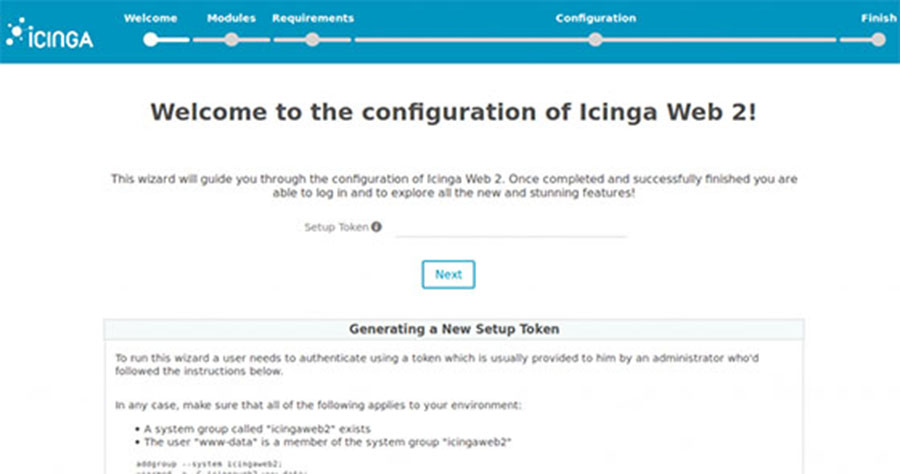DokuWiki is considered to be the most versatile open source Wiki software application which is proven to meet your demanding wiki needs. Using a very familiar interface, it allows you to easily scale and optimize using many advanced features. Utilizing files instead of a database, DokuWiki is extremely flexible with the type of system it will run on (no database server required).
This article assumes you have at least basic knowledge of linux, know how to use the shell, and most importantly, you host your site on your own VPS. The installation is quite simple and assumes you are running in the root account, if not you may need to add ‘sudo’ to the commands to get root privileges. I will show you through the step by step installation Dokuwiki on a Ubuntu 16.04 (Xenial Xerus) server.
Install Dokuwiki on Ubuntu 16.04
Step 1. First make sure that all your system packages are up-to-date by running these following apt-get commands in the terminal.
sudo apt-get update sudo apt-get upgrade
Step 2. Install LAMP (Linux, Apache, MariaDB, PHP) server.
A Ubuntu 16.04 LAMP server is required. If you do not have LAMP installed, you can follow our guide here. Also install all required PHP modules:
apt-get install php7.0-curl php7.0-json php7.0-cgi php7.0 libapache2-mod-php7.0 php7.0-xml <code>php7.0-mcrypt php7.0-gd </code>
Step 3. Installing Dokuwiki.
First thing to do is to go to DokuWiki’s download page and download the latest stable version of Dokuwiki:
wget http://download.dokuwiki.org/src/dokuwiki/dokuwiki-stable.tgz
Unpack the Dokuwiki archive to the document root directory on your server:
tar xvf dokuwiki-stable.tgz mv dokuwiki-*/ /var/www/dokuwiki
We will need to change some folders permissions:
chown www-data:www-data -R /var/www/dokuwiki chmod -R 707 /var/www/dokuwiki
Step 4. Configuring Apache web server for DokuWiki.
Create a new virtual host directive in Apache. For example, create a new Apache configuration file named ‘dokuwiki.conf’ on your virtual server:
sudo a2enmod rewrite touch /etc/apache2/sites-available/dokuwiki.conf ln -s /etc/apache2/sites-available/dokuwiki.conf /etc/apache2/sites-enabled/dokuwiki.conf nano /etc/apache2/sites-available/dokuwiki.conf
Add the following lines:
ServerAdmin [email protected] DocumentRoot /var/www/dokuwiki/ ServerName your-domain.com ServerAlias www.your-domain.com Options FollowSymLinks AllowOverride All Order allow,deny allow from all ErrorLog /var/log/apache2/your-domain.com-error_log CustomLog /var/log/apache2/your-domain.com-access_log common
Now, we can restart Apache web server so that the changes take place:
systemctl restart apache2.service
Step 5. Accessing DokuWiki.
DokuWiki will be available on HTTP port 80 by default. Open your favorite browser and navigate to http://yourdomain.com/install.php or http://server-ip/install.php and complete the required the steps to finish the installation. If you are using a firewall, please open port 80 to enable access to the control panel.
Congratulation’s! You have successfully installed Dokuwiki. Thanks for using this tutorial for installing Dokuwiki on your Ubuntu 16.04 (Xenial Xerus) system. For additional help or useful information, we recommend you to check the official Dokuwiki web site.









